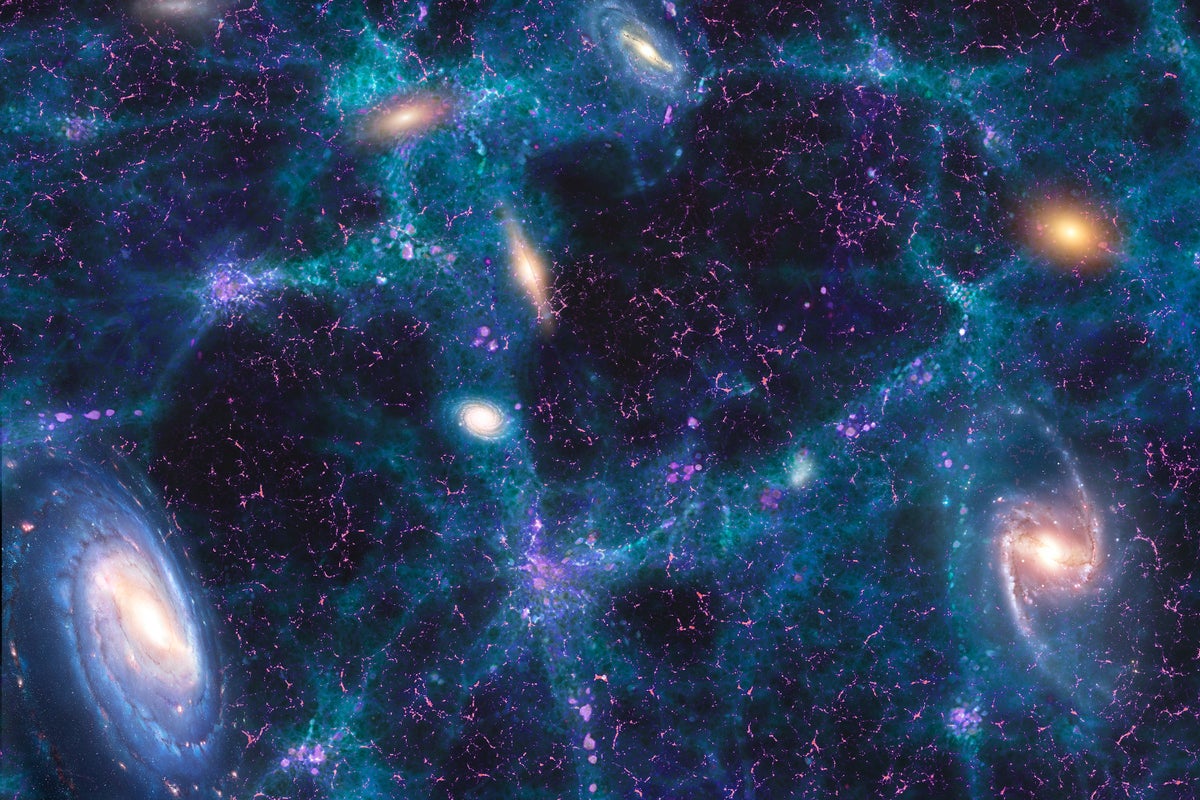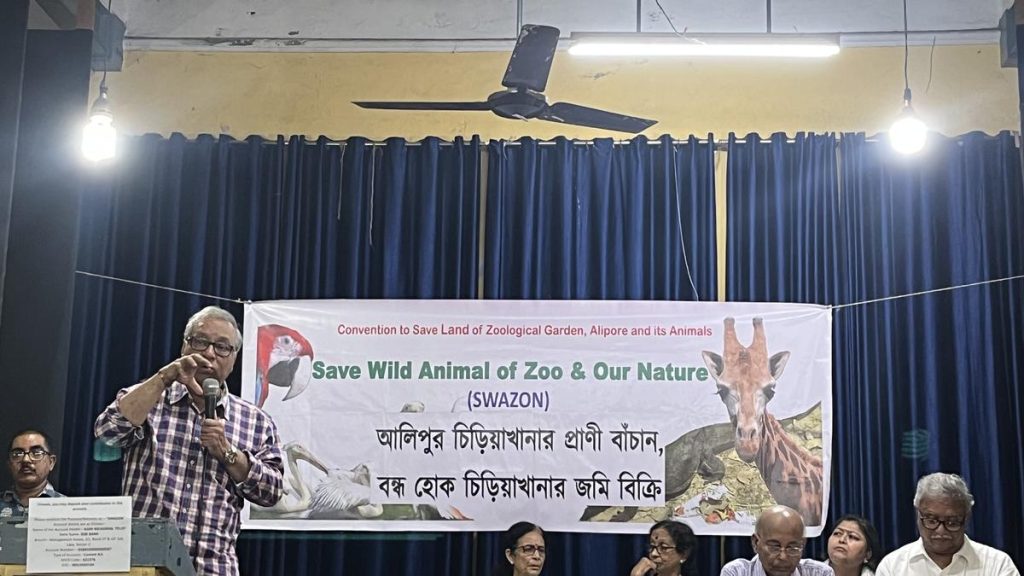Now Reading: Scientists Detect Universe’s Missing Matter in Intergalactic Fog
-
01
Scientists Detect Universe’s Missing Matter in Intergalactic Fog
Scientists Detect Universe’s Missing Matter in Intergalactic Fog

Quick Summary
- Researchers have used fast radio bursts (FRBs) to detect the universe’s missing ordinary matter for the first time.
- This matter, known as baryonic matter, interacts with light and constitutes atoms but was previously too faint to see.
- Around 76% of this ordinary matter is located in the intergalactic medium, 15% in diffuse halos around galaxies, and 9% within galaxies (stars and gas).
- FRBs are brief bursts of radio waves emitting vast energy but are challenging to trace due to their short duration.
- Astronomers utilized localized FRBs from distances up to 9.1 billion light-years using networks like Caltech’s Deep Synoptic Array and ASKAP in Australia.
- Scientific instruments measured how FRB light slows through intergalactic fog, allowing researchers to quantify otherwise invisible cosmic matter.
- The findings align with universe evolution simulations and offer insights into galaxy growth mechanisms.
- The finding represents initial evidence of baryonic distribution via observation rather than simulation.
Images:
- Image showing an artist’s depiction of the cosmic web: https://static.scientificamerican.com/dam/m/6a87420de91f17d3/original/cosmicweblargescalestructureofuniverse.jpg?m=1750181730.389&w=600
- Diagram demonstrating FRB wavelengths passing through intergalactic medium: https://static.scientificamerican.com/dam/m/74a1ede732724f/original/fastradioburst_diagram.jpg?m=1750184280.821&w=900
Indian Opinion Analysis
This discovery has global significance for cosmology by addressing gaps in our understanding of cosmic structure while leveraging a fresh tool-FRBs-which could revolutionize astrophysical studies.
For India, though not directly involved in these findings yet, such advances highlight opportunities for growth within its space research initiatives like ISRO or academic institutions that specialize in astrophysics. Investments in technologies capable of collaborating on global networks akin to DSA or ASKAP could position Indian scientists at the forefront of future research into radioscience applications.Moreover, this study reflects how interdisciplinary efforts (e.g., astronomy coupled with advanced physics tools) can lead impactful breakthroughs globally-a model that Indian researchers can emulate across diverse scientific domains. These results serve as motivation for India’s burgeoning space-based projects aiming at deeper insight into worldwide phenomena amidst rising international collaboration prospects.



























